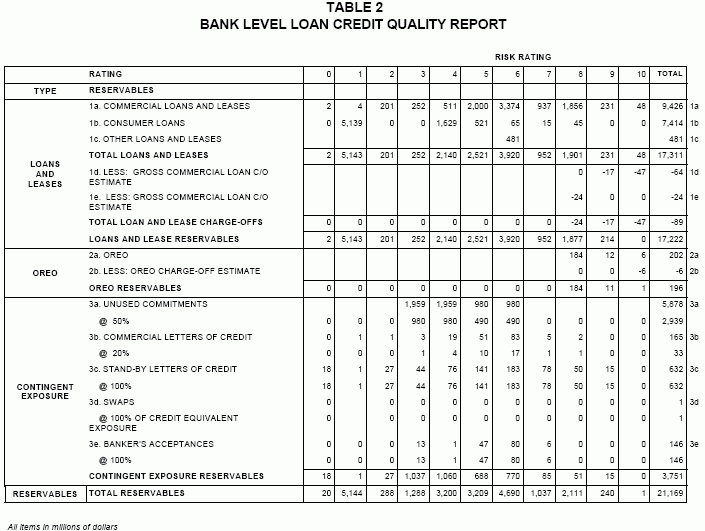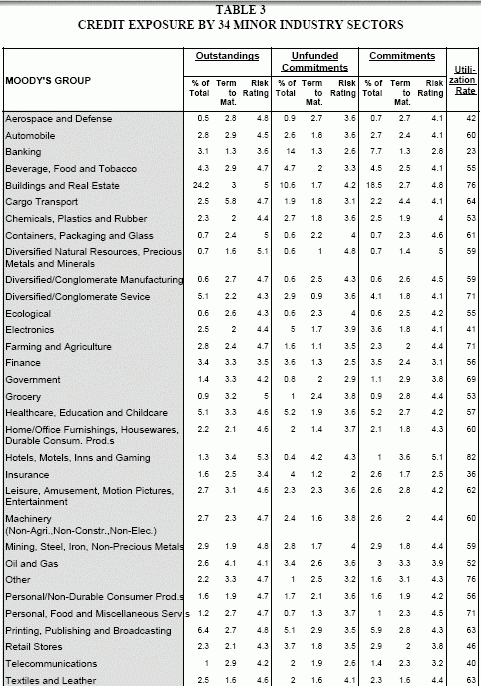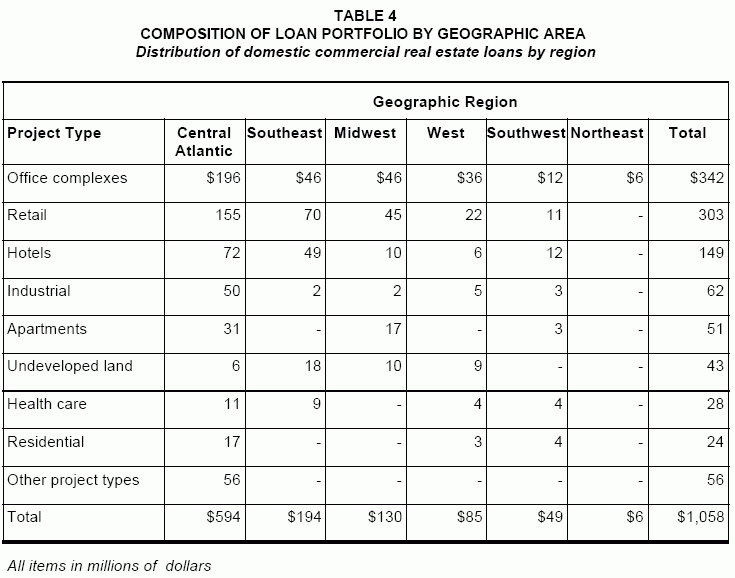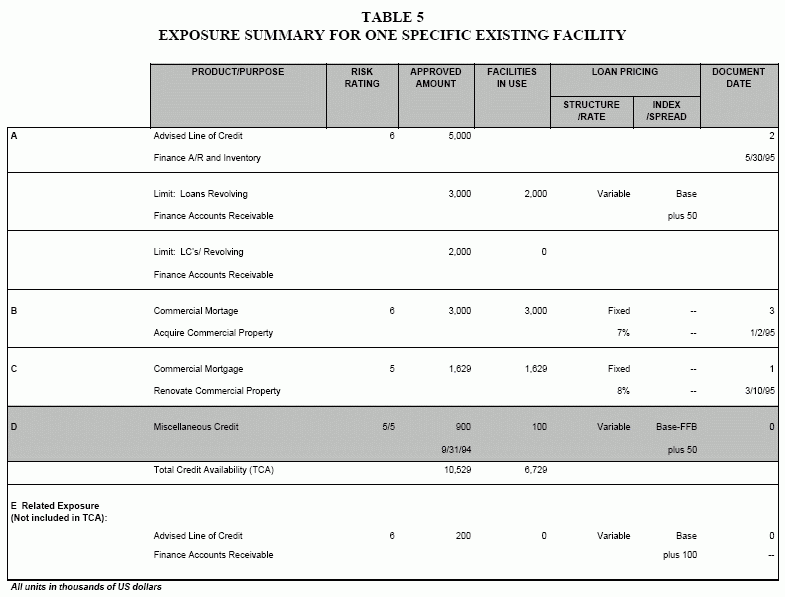Bank Risk Management Systems
Category: Risk Management in Banking
The banking industry has long viewed the problem of risk management as the need to control four of the above risks which make up most, if not all, of their risk exposure, viz., credit, interest rate, foreign exchange and liquidity risk. While they recognize counterparty and legal risks, they view them as less central to their concerns. Where counterparty risk is significant, it is evaluated using standard credit risk procedures, and often within the credit department itself. Likewise, most bankers would view legal risks as arising from their credit decisions or, more likely, proper process not employed in financial contracting.
Accordingly, the study of bank risk management processes is essentially an investigation of how they manage these four risks. In each case, the procedure outlined above is adapted to the risk considered so as to standardize, measure, constrain and manage each of these risks. To illustrate how this is achieved, this review of firm-level risk management begins with a discussion of risk management controls in each area. The more difficult issue of summing over these risks and adding still other, more amorphous, ones such as legal, regulatory or reputational risk, will be left to the end.
Credit Risk Management Procedures
In presenting the approach employed to manage credit risk, we refer to the four-step process outlined in Section II D above, drawing different pieces from different organizations. The institutions are not named, but are selected because of the representative nature of their documentation of the process.
We begin with standards and reports. As noted above, each bank must apply a consistent evaluation and rating scheme to all its investment opportunities in order for credit decisions to be made in a consistent manner and for the resultant aggregate reporting of credit risk exposure to be meaningful. To facilitate this, a substantial degree of standardization of process and documentation is required. This has lead to standardized ratings across borrowers and a credit portfolio report that presents meaningful information on the overall quality of the credit portfolio. In Table 1, a credit-rating procedure is presented that is typical of those employed within the commercial banking industry.
The form reported here is a single rating system where a single value is given to each loan, which relates to the borrower’s underlying credit quality. At some institutions, a dual system is in place where both the borrower and the credit facility are rated. In the latter, attention centers on collateral and covenants, while in the former, the general credit worthiness of the borrower is measured. Some banks prefer such a dual system, while others argue that it obscures the issue of recovery to separate the facility from the borrower in such a manner. In any case, the reader will note that in the reported system all loans are rated using a single numerical scale ranging between 1 and 10.8 For each numerical category, a qualitative definition of the borrower and the loan’s quality is offered and an analytic representation of the underlying financials of the borrower is presented. Such an approach, whether it is a single or a dual rating system allows the credit committee some comfort in its knowledge of loan asset quality at any moment of time. It requires only that new loan officers be introduced to the system of loan ratings, through training and apprenticeship to achieve a standardization of ratings throughout the bank.
Given these standards, the bank can report the quality of its loan portfolio at any time, along the lines of the report presented in Table 2. Notice that total receivables, including loans, leases and commitments and derivatives, are reported in a single format. Assuming the adherence to standards, the entirety of the firm’s credit quality is reported to senior management monthly via this reporting mechanism. Changes in this report from one period to another occur for two reasons, viz., loans have entered or exited the system, or the rating of individual loans has changed over the intervening time interval. The first reason is associated with standard loan turnover. Loans are repaid and new loans are made. The second cause for a change in the credit quality report is more substantive. Variations over time indicate changes in loan quality and expected loan losses from the credit portfolio. In fact, credit quality reports should signal changes in expected loan losses, if the rating system is meaningful. Studies by Moody’s on their rating system have illustrated the relationship between credit rating and ex post default rates.9 A similar result should be expected from internal bank-rating schemes of this type as well. However, the lack of available industry data to do an appropriate aggregate migration study does not permit the industry the same degree of confidence in their expected loss calculations.
For this type of credit quality report to be meaningful, all credits must be monitored, and reviewed periodically. It is, in fact, standard for all credits above some dollar volume to be reviewed on a quarterly or annual basis to ensure the accuracy of the rating associated with the lending facility. In addition, a material change in the conditions associated either with the borrower or the facility itself, such as a change in the value of collateral, will trigger a re-evaluation. This process, therefore, results in a periodic but timely report card on the quality of the credit portfolio and its change from month to month.
Generally accepted accounting principles require this monitoring. The credit portfolio is subject to fair value accounting standards, which have recently been tightened by The Financial Accounting Standards Board (FASB). Commercial banks are required to have a loan loss reserve account ( a contra-asset) which accurately represents the diminution in market value from known or estimated credit losses. As an industry, banks have generally sought estimates of expected loss using a two-step process, including default probability, and an estimate of loss given default. This approach parallels the work of Moody’s referred to above. At least quarterly, the level of the reserve account is re-assessed, given the evidence of loss exposure driven directly from the credit quality report, and internal studies of loan migration through various quality ratings. Absent from the discussion thus far is any analysis of systematic risk contained in the portfolio.
Traditionally mutual funds and merchant banks have concerned themselves with such risk exposure, but the commercial banking sector has not. This appears to be changing in light of the recent substantial losses in real estate and similar losses in the not-too-distant past in petrochemicals. Accordingly, many banks are beginning to develop concentration reports, indicating industry composition of the loan portfolio. This process was initially hampered by the lack of a simple industry index. SIC codes were employed at some institutions, but most found them unsatisfactory. Recently, however, Moody’s has developed a system of 34 industry groups that may be used to report concentrations. Table 3 reports such an industry grouping to illustrate the kind of concentration reports that are emerging as standard in the banking industry. Notice that the report indicates the portfolio percentages by sector, as well as commitments to various industries. For the real estate portfolio, geography is also reported, as Table 4 suggests. While this may be insufficient to capture total geographic concentration, it is a beginning.
For the investment management community, concentrations are generally benchmarked against some market indexes, and mutual funds will generally report not only the absolute percentage of their industry concentration, but also their positions relative to the broad market indexes. Unfortunately, there is no comparable benchmark for the loan portfolio. Accordingly, firms must weigh the pros and cons of specialization and concentration by industry group and establish subjective limits on their overall exposure.
This is generally done with both guidelines and limits set by senior management. Such a report is not the result of any analytical exercise to evaluate the potential downside loss, but rather a subjective evaluation of management’s tolerance, based upon rather imprecise recollections of previous downturns. In addition, we are seeing the emergence of a portfolio manager to watch over the loan portfolio’s degree of concentration and exposure to both types of risk concentration discussed above.
Most organizations also will report concentration by individual counterparty. To be meaningful, however, this exposure must be bankwide and include all related affiliates. Both of these requirements are not easily satisfied. For large institutions, a key relationship manager must be appointed to assure that overall bank exposure to a particular client is captured and monitored. This level of data accumulation is never easy, particularly across time zones. Nonetheless, such a relationship report is required to capture the disparate activity from many parts of the bank. Transaction with affiliated firms need to be aggregated and maintained in close to real time.
An example of this type of report is offered here as Table 5, drawn from one particular client report. Each different lending facility is reported. In addition, the existing lines of credit, both used and open, need to be reported as well. Generally, this type of credit risk exposure or concentration report has both an upper and lower cut-off value so that only concentrations above a minimum size are recorded, and no one credit exposure exceeds its predetermined limit. The latter, an example of the second technique of risk management is monitored and set by the credit committee for the relationship as a whole.




